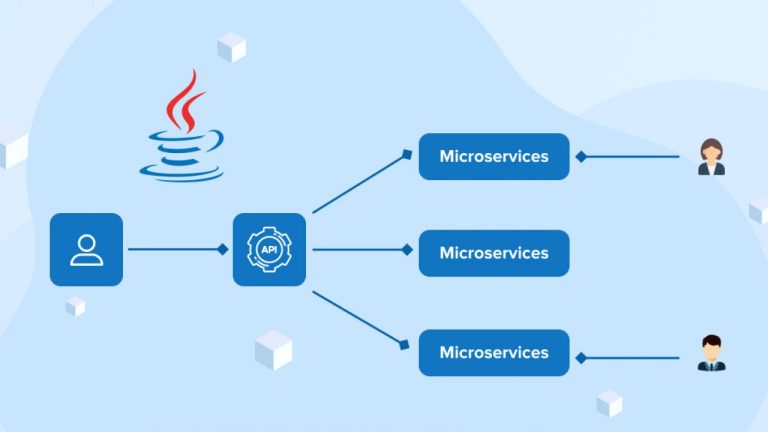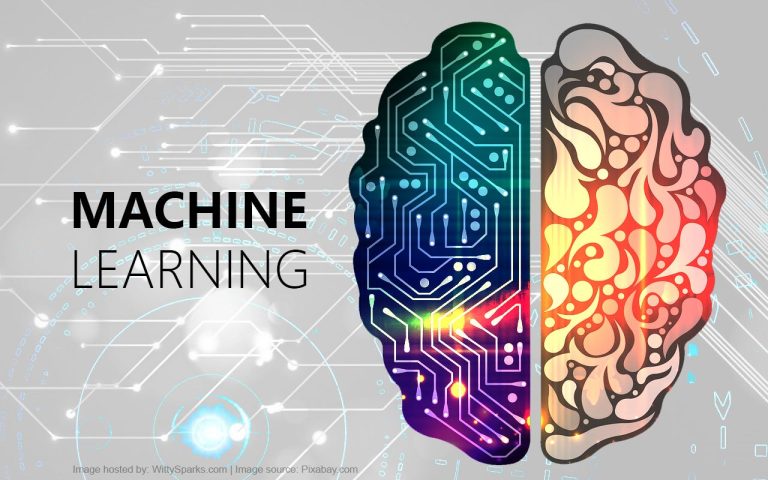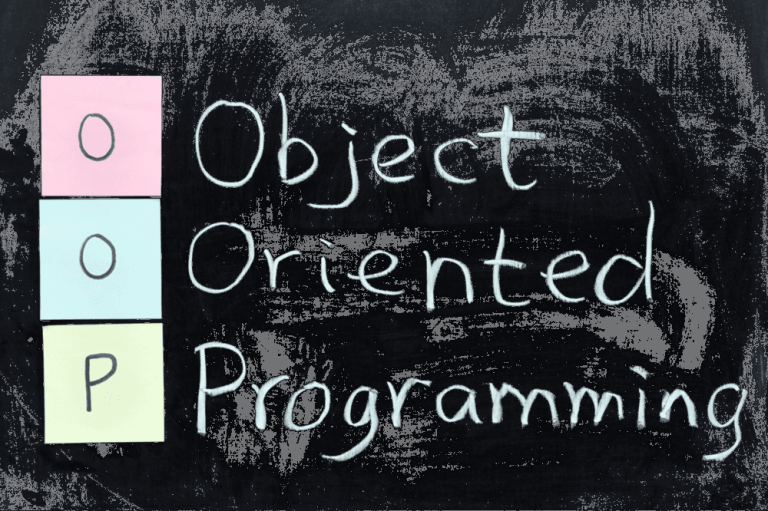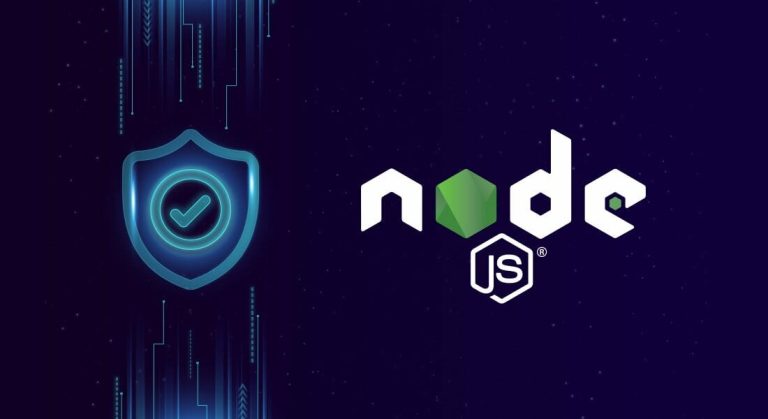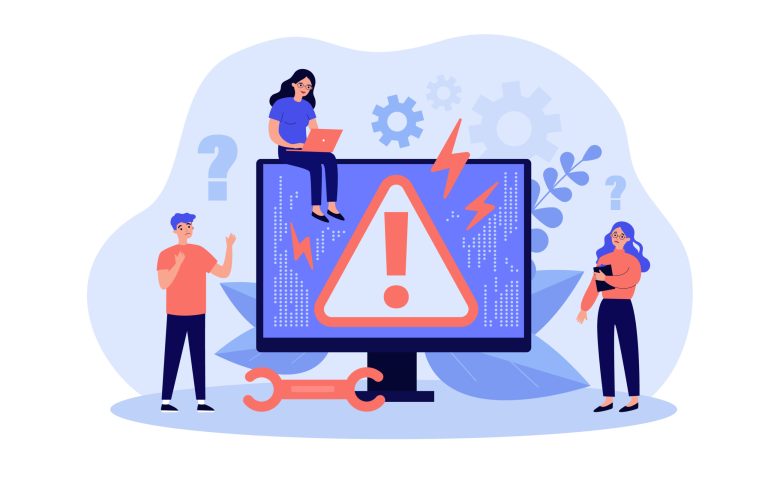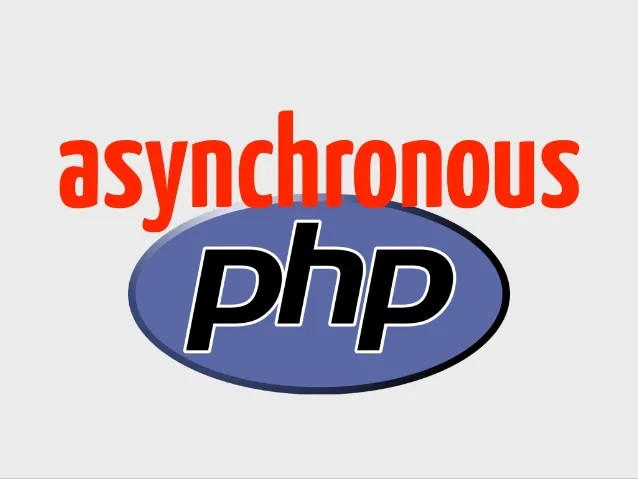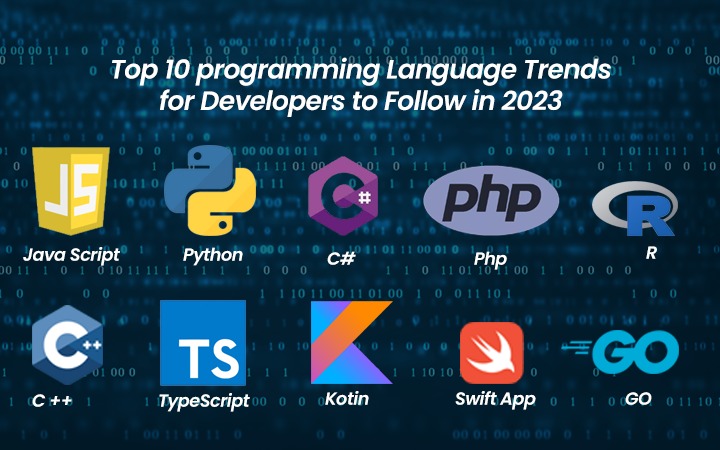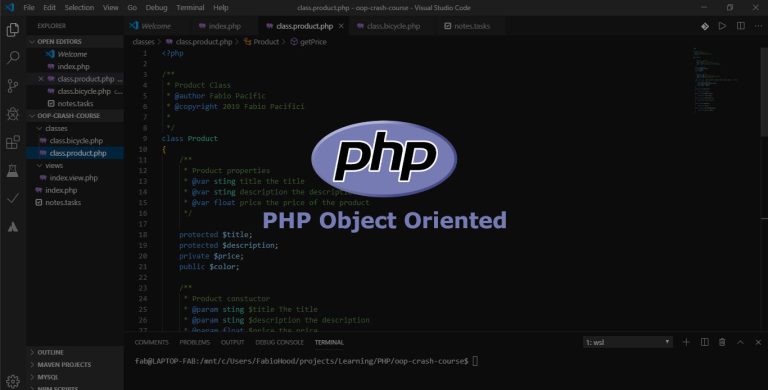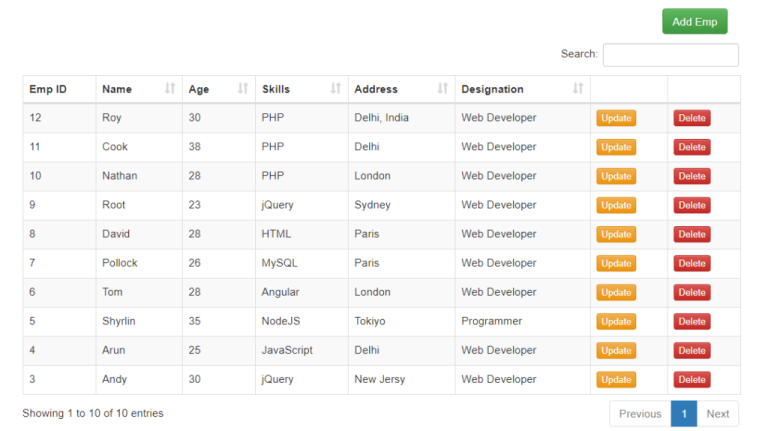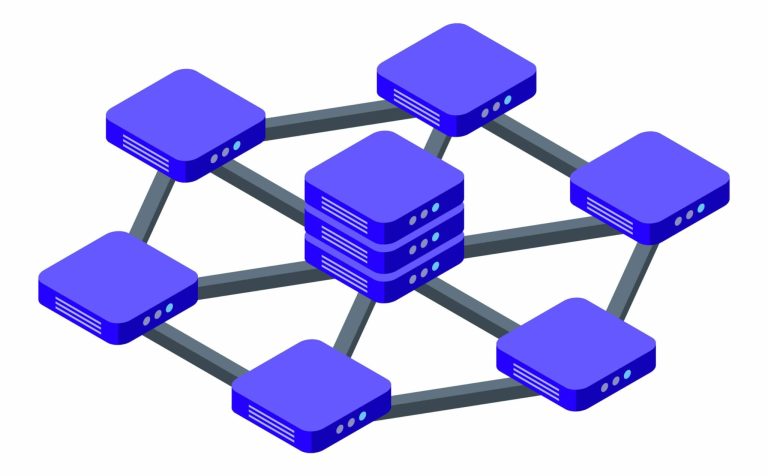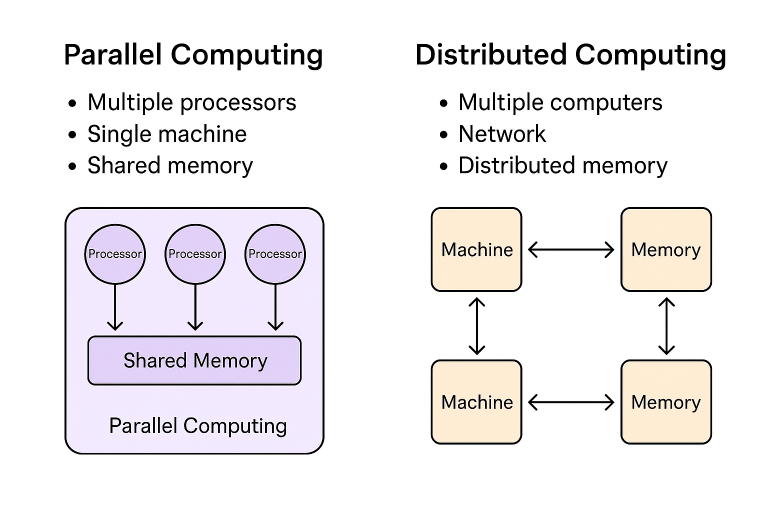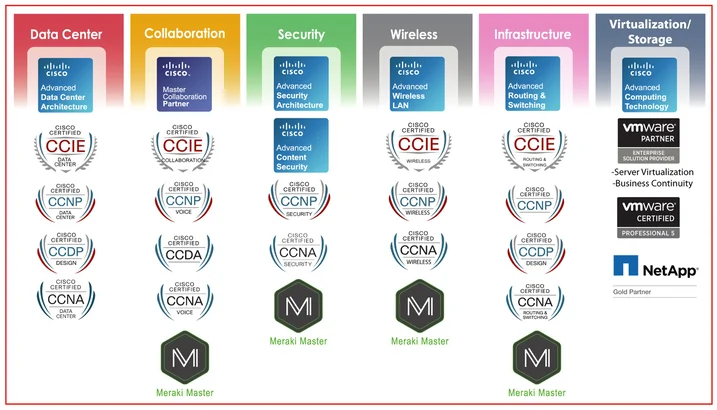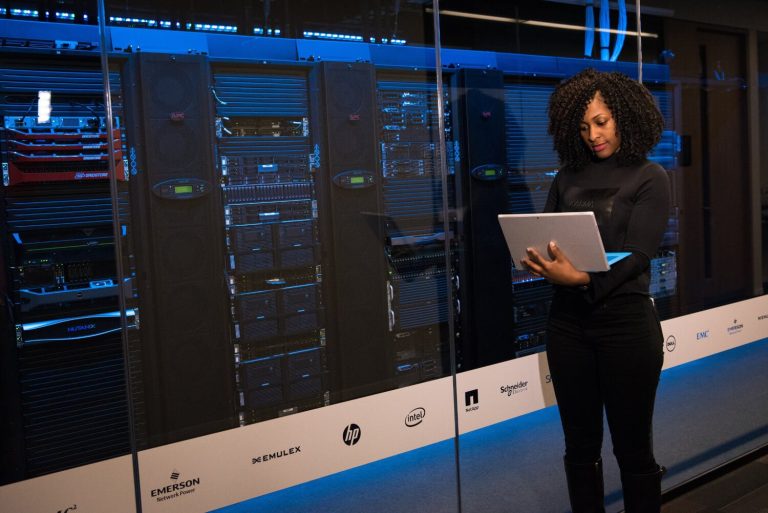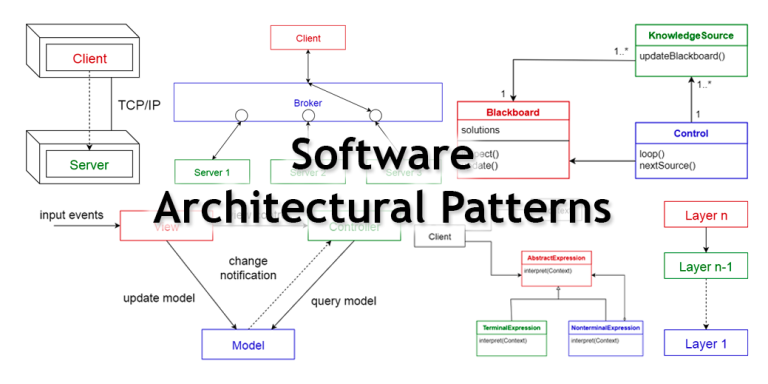Python libraries are collections of pre-written code that provide reusable functions and modules to perform specific tasks. These libraries simplify development by offering ready-made solutions, saving time and effort for programmers. Python’s extensive library ecosystem contributes significantly to its popularity and versatility. Here are some common use cases for Python libraries:
Web Development:
- Django: A high-level web framework simplifying the creation of robust, scalable web applications.
- Flask: A lightweight web framework suitable for smaller projects, offering flexibility and simplicity.
Data Science and Machine Learning:
- NumPy: Facilitates numerical operations and array manipulations, crucial for scientific computing.
- pandas: Provides data structures for efficient data manipulation and analysis.
- scikit-learn: A machine learning library offering tools for classification, regression, clustering, and more.
- TensorFlow and PyTorch: Deep learning libraries for building and training neural networks.
Scientific Computing
- SciPy: Builds on NumPy and provides additional functionality for optimization, signal processing, and more.
Data Visualization:
- Matplotlib: A versatile plotting library for creating static, animated, and interactive visualizations.
- Seaborn: Built on Matplotlib, it enhances the aesthetics and ease of use for statistical graphics.
Natural Language Processing (NLP):
- NLTK (Natural Language Toolkit): A comprehensive library for working with human language data.
- spaCy: Designed for efficient NLP and information extraction tasks.
Automation and Scripting:
- Requests: Simplifies making HTTP requests, aiding in web scraping and API interactions.
- Beautiful Soup: Assists in web scraping tasks by providing tools to parse HTML and XML documents.
Database Interaction:
- SQLAlchemy: An SQL toolkit and Object-Relational Mapping (ORM) library for interacting with databases.
- pymysql, psycopg2: Specific database adapters for MySQL and PostgreSQL, respectively.
Testing
- unittest: Python’s built-in testing framework for creating and running unit tests.
- pytest: A third-party testing framework offering additional features and simplicity.
GUI Development
- Tkinter: Python’s standard GUI toolkit for creating desktop applications.
- PyQt and wxPython: External libraries for building cross-platform graphical interfaces.
Game Development
- Pygame: A set of modules designed for creating simple video games.
Network Programming:
- Requests: Besides HTTP requests, it can be used for various network-related tasks.
- socket: Python’s built-in library for low-level networking operations.
Cybersecurity:
- Scapy: A powerful interactive packet manipulation program and library.
- PyCryptodome: Implements cryptographic algorithms for securing communications.

These examples highlight the diverse range of tasks that Python libraries can address, making Python a go-to language for various domains and applications. The ability to leverage existing libraries allows developers to focus on solving specific problems without reinventing the wheel.


